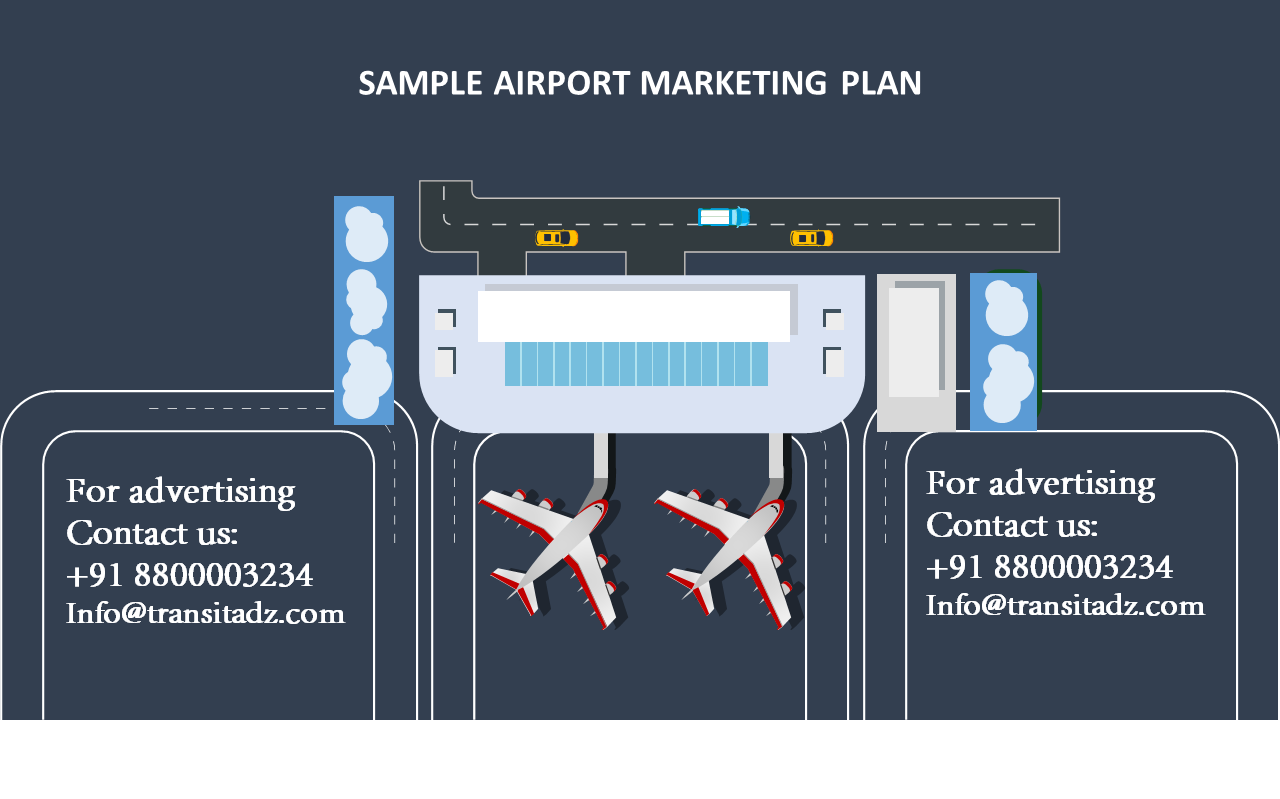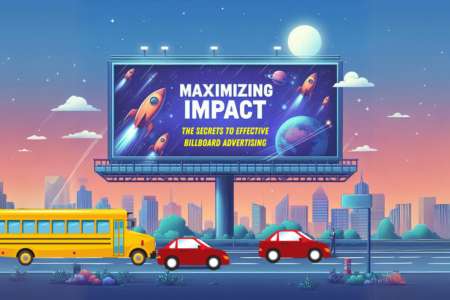Airport marketing plays a crucial role in attracting passengers, airlines, and businesses to a particular airport. However, it can be a challenging task, especially for smaller or less-known airports. In this blog post, we’ll explore strategies to transform your airport marketing efforts from zero to hero, ensuring increased passenger numbers, airline partnerships, and revenue.
Understand Your Audience
Before diving into marketing strategies, it’s essential to understand your target audience. Identify the types of passengers your airport serves and their unique needs. Are they leisure travelers, business travelers, or a mix of both? Knowing your audience helps tailor your marketing efforts effectively.
Build an Engaging Website
Your airport’s website is often the first point of contact for passengers and airlines. Ensure your website is user-friendly, mobile-responsive, and provides essential information such as flight schedules, services, and amenities. Invest in high-quality visuals and interactive features to engage visitors.
Leverage Social Media
Social media platforms are powerful tools for airport marketing. Create and maintain active profiles on platforms like Facebook, Twitter, Instagram, and LinkedIn. Share updates on flight schedules, promotions, and showcase the airport’s unique features. Engage with your audience by responding to comments and messages promptly.
Search Engine Optimization (SEO)
Optimize your website for search engines to improve visibility. Use relevant keywords related to your airport and location. Regularly update your content, including blogs, to keep your website fresh and attractive to both users and search engines.
Content Marketing
Create valuable content that resonates with your target audience. Publish blogs, articles, and videos about travel tips, destination guides, and airport-related news. Share stories about the airport’s history and community involvement to build a connection with travelers.
Email Marketing
Implement an email marketing strategy to reach passengers and airlines directly. Collect email addresses through website sign-ups and offer exclusive deals, news, and updates to subscribers. Personalize your emails to make recipients feel valued.
Partnerships and Collaborations
Collaborate with airlines, local businesses, and tourism organizations to cross-promote. Joint marketing efforts can expand your reach and provide mutual benefits. Offer incentives for airlines to choose your airport as a hub or destination.
User-generated Content
Encourage passengers to share their airport experiences on social media using a dedicated hashtag. Repost and share these user-generated content to build trust and authenticity. Consider running contests or giveaways to incentivize participation.
Data-driven Decision Making
Use data analytics tools to track the effectiveness of your marketing efforts. Analyze website traffic, social media engagement, email open rates, and other key metrics. Adjust your strategies based on the insights gained.
Continuous Improvement
Airport marketing is an ongoing process. Stay updated with industry trends and adapt to changing circumstances, such as new travel restrictions or emerging technologies. Continuously seek feedback from passengers and partners to refine your strategies.
Conclusion
Transforming your airport marketing from zero to hero requires a strategic and holistic approach. Understanding your audience, creating engaging content, utilizing digital tools, and fostering partnerships are essential steps in this journey. By staying committed to improvement and adapting to the evolving travel landscape, your airport can establish a strong brand presence and become a hero in the aviation industry.










